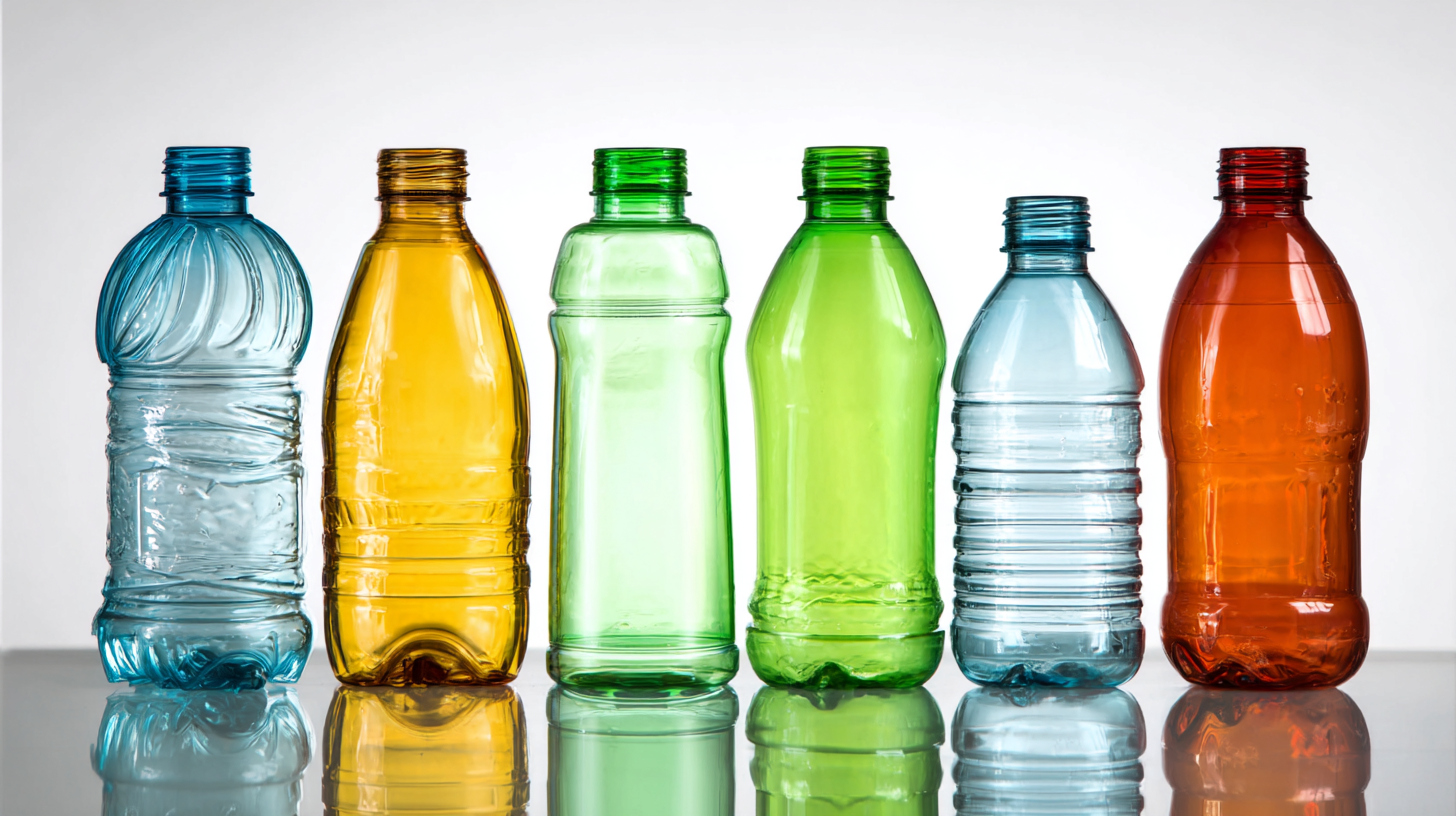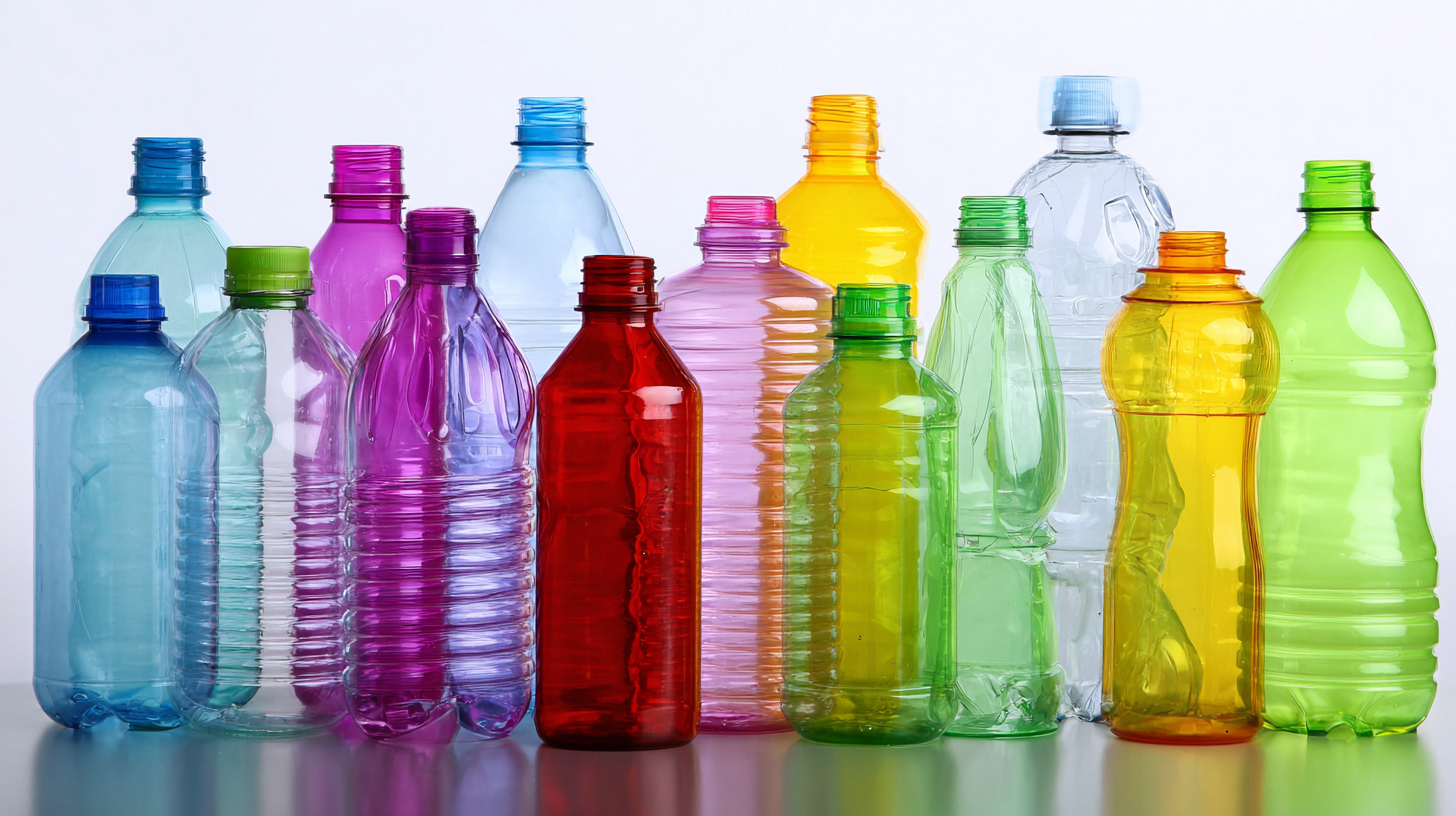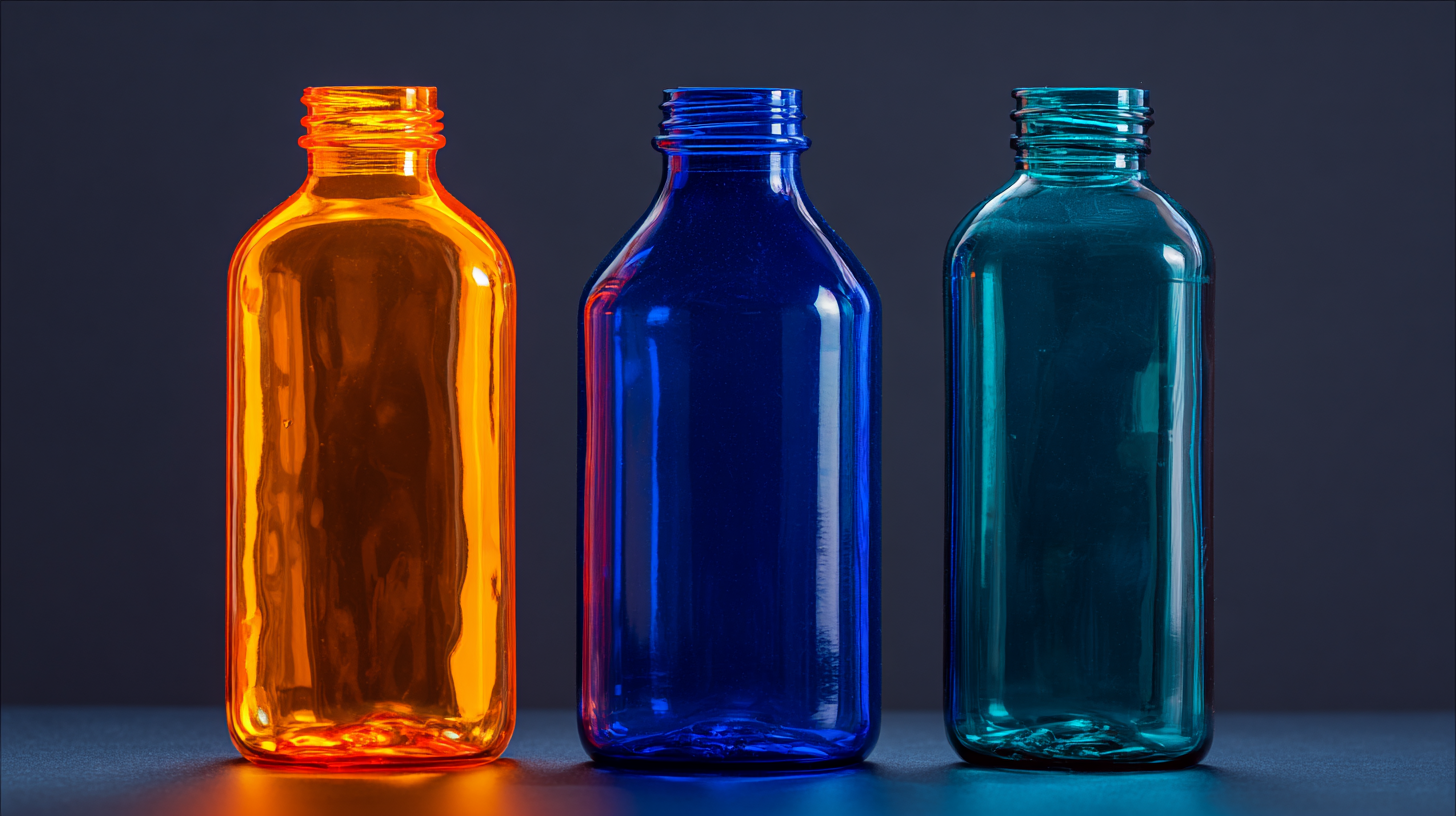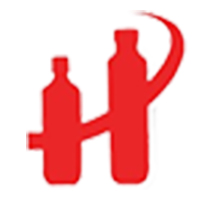In the rapidly evolving landscape of sustainable packaging, Pet Plastic Bottles have emerged as a pivotal solution in numerous industries, including food and beverage, pharmaceuticals, and personal care. According to a recent report by the World Economic Forum, over 300 million tons of plastic are produced each year, with approximately 60 million tons constituting PET, underscoring its significance in the global supply chain. The demand for sustainable packaging options is increasing, with a projected market growth rate of 4.6% CAGR for PET bottles over the next five years, driven by consumer preferences for environmentally friendly products. As companies seek to minimize their environmental footprint while maintaining product integrity, it becomes crucial to identify and source the best PET plastic bottles from around the globe. This ultimate checklist aims to guide businesses through the complexities of sourcing quality PET plastic bottles, offering industry case studies and practical tips for optimal selection.

When sourcing PET plastic bottles globally, it's crucial to identify key markets that offer both production capability and sustainability practices. According to a report by Grand View Research, the global PET bottle market was valued at approximately $47.09 billion in 2020 and is projected to grow at a compound annual growth rate (CAGR) of 3.7% till 2028. This growth is primarily driven by increasing consumer demand, particularly in developing regions where urbanization and population growth are leading to higher bottled beverage consumption.
North America, Europe, and Asia Pacific stand out as the primary markets for PET bottle sourcing. The North American market alone accounted for over 30% of the total market share in 2020, driven by the strong presence of beverage manufacturers and a push for sustainable packaging solutions. Meanwhile, Asia Pacific is expected to witness the fastest growth due to rising disposable income and an expanding middle class. Countries like China and India have been significant contributors to this market, with increased production capacities and advancements in recycling technologies that promote sustainable sourcing of PET materials. Sourcing from these regions can not only meet the demand but also align with global sustainability initiatives, making it vital for businesses focused on environmentally conscious practices.
In recent years, sustainability has become a critical focus within the PET plastic bottle industry, driven by growing consumer awareness and regulatory pressures. As brands strive to reduce their environmental impact, the shift towards recyclable and biodegradable materials has gained momentum. Companies are not only optimizing their production processes to minimize waste but are also leveraging innovations in recycling technologies to repurpose PET bottles into new products, effectively closing the loop and contributing to a circular economy.
Moreover, the trend towards eco-friendly packaging is influencing sourcing decisions on a global scale. Manufacturers are increasingly seeking suppliers who prioritize sustainability in their operations, from sourcing raw materials responsibly to implementing energy-efficient manufacturing practices. This shift in sourcing criteria not only aligns with environmental goals but also appeals to consumers who are willing to support brands that demonstrate a commitment to sustainability. By understanding these trends, businesses can effectively position themselves in the market, ensuring they meet the demands of an environmentally conscious consumer base while contributing positively to the planet.
This bar chart illustrates the global production and recycling rates of PET plastic bottles in 2023. The data highlights the importance of recycling in the sustainability of the plastic industry.
When sourcing the best PET plastic bottles globally, understanding quality standards and certifications is crucial. Certifications such as ISO 9001 and GMP (Good Manufacturing Practice) play a vital role in ensuring that manufacturers adhere to internationally recognized quality management principles. These standards not only guarantee consistency in production but also enhance product safety, which is especially important in the food and beverage sector. Engaging with suppliers who are certified can provide greater assurance of the quality and environmental responsibility of the PET bottles being sourced.

In addition to ISO and GMP certifications, it is essential to pay attention to environmental certifications like the Global Recycled Standard (GRS) and the Recycling Mark. These certifications indicate that the bottles are made from recycled materials or that the production process meets specific sustainability criteria. By prioritizing suppliers that hold these certifications, businesses can not only enhance their brand’s reputation but also contribute to a more sustainable future. Thus, a thorough evaluation of quality standards and certifications will help in making informed sourcing decisions that align with both regulatory requirements and market expectations.
In the context of global sourcing, understanding cost factors and supply chain logistics has never been more critical amid current economic uncertainties. As various commodities are expected to experience price fluctuations, proactive market analysis is essential for sourcing the best pet plastic bottles. With certain metals predicted to decline in price while others continue to rise, companies must align their sourcing strategies to anticipate these changes, ensuring they remain competitive.
Moreover, the importance of supply chain agility and resilience cannot be overstated. As traditional procurement models evolve in response to geopolitical tensions and inflationary pressures, businesses are now focusing on technologies and methodologies that enhance their operational flexibility. This shift is vital, particularly for industries aiming to maintain high standards of quality and cost-effectiveness in their product offerings. By incorporating innovative sourcing strategies and prioritizing responsive supply chains, organizations can navigate these complexities and secure the best materials for their needs.
| Sourcing Factor | Description | Cost Impact (USD) | Lead Time (Weeks) | Logistics Complexity |
|---|---|---|---|---|
| Material Quality | Type of PET used in bottle production | $0.10 - $0.50 | 2-3 | Medium |
| Volume Discounts | Pricing benefits from bulk purchasing | Varies | 1-2 | Low |
| Regulatory Compliance | Adherence to regional safety and quality standards | $0.05 - $0.20 | 2-4 | Medium |
| Transportation Costs | Costs associated with shipping bottles | $0.20 - $0.80 | 1-3 | High |
| Supplier Reliability | Dependability and history of the supplier | N/A | N/A | Low |
The production of PET plastic bottles is undergoing significant transformation, driven by innovations and emerging technologies that aim to enhance sustainability and efficiency. According to a report by Grand View Research, the global PET bottle market is expected to reach USD 69.61 billion by 2025, growing at a compound annual growth rate (CAGR) of 3.5%. This growth is primarily propelled by increasing environmental concerns and the rising demand for lightweight packaging solutions. As a result, manufacturers are investing heavily in research and development to incorporate advanced technologies that reduce energy consumption and improve recycling processes.
One notable advancement in PET bottle production is the development of fully recyclable and biodegradable bottles. The adoption of enzymatic recycling processes, as reported by the National Renewable Energy Laboratory (NREL), could lead to a dramatic reduction in plastic waste, as it allows for the conversion of used PET back into high-quality virgin material. Moreover, the integration of smart technologies, such as IoT sensors in production lines, is optimizing manufacturing processes by providing real-time data analytics, ultimately refining efficiency and minimizing waste. Such innovations underlie the industry's commitment to a more sustainable future while meeting the growing global demand for PET plastic bottles.

